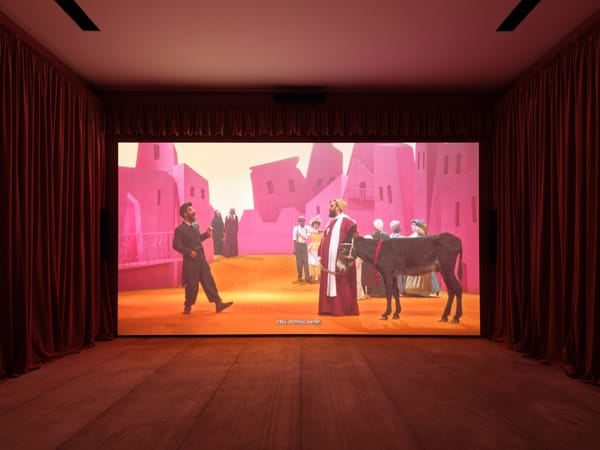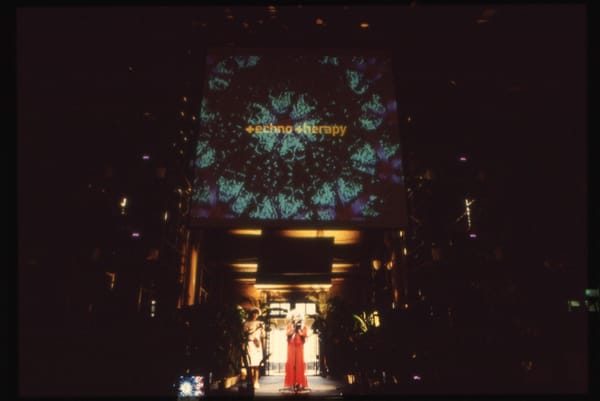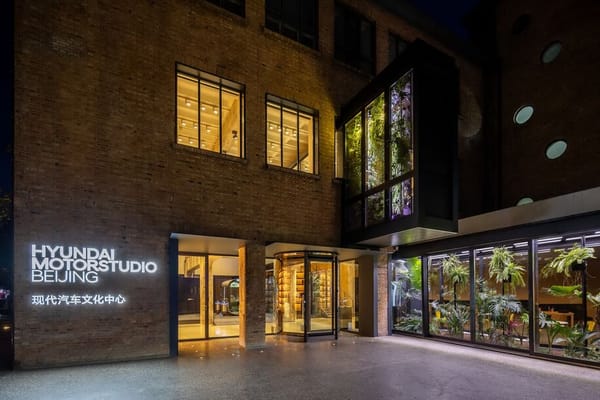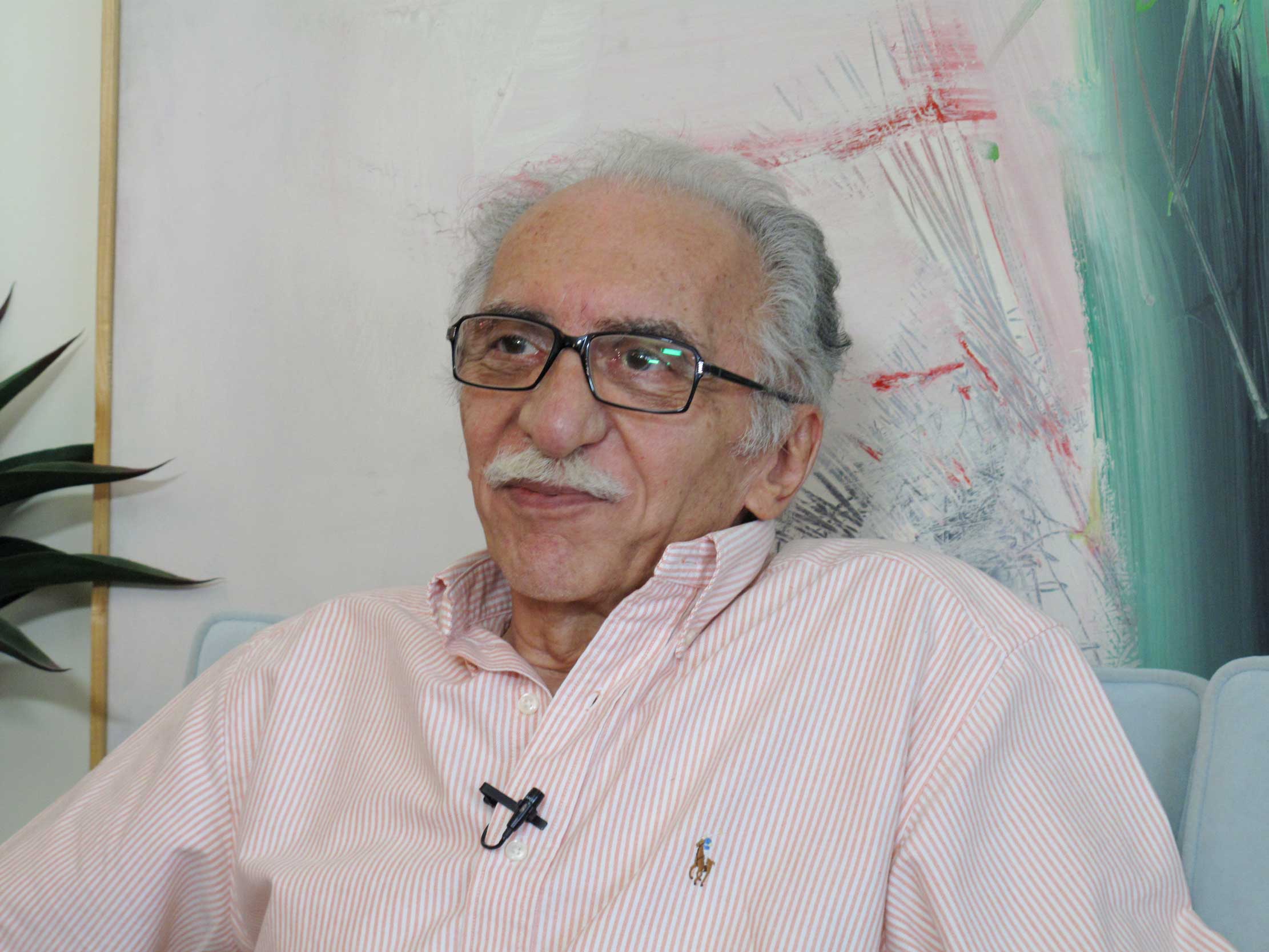Ideas
Rice is Socialism: North Korea’s Public Face

Kim Jong-il was North Korea’s greatest—and only—published art critic. In his 1992 monograph Treatise on Art, the Democratic People’s Republic of Korea’s “Dear Leader” said that art must have three essential qualities: clarity, compactness, delicacy. “If the people who see a picture cannot grasp its meaning,” Kim wrote, “no matter how talented its creator, they cannot say it is a good picture.” In other words, under the Kim regime, there is correct art—that which clearly communicates the leader’s thoughts to those under his authority (and thumb).
Art that fits the Dear Leader’s doctrines is available for sale to outsiders who stop in Pyongyang. Since 1995, longtime aid organizer Katharina Zellweger, working from Hong Kong, has visited North Korea almost 70 times, assisting pregnant women and children with disabilities. During those journeys, she would acquire acrylic paintings by the artists of Mansudae Art Studio, a state-run art production facility that produces all of the visual arts in North Korea, as well as monuments that are exported for other regimes. At the University Museum and Art Gallery of the University of Hong Kong, about half of Zellweger’s collection from North Korea was mounted in “North Korea’s Public Face: Twentieth-century Propaganda Posters from the Zellweger Collection,” the city’s first showcase of state-serving visual arts from the DPRK. As the collector put it, the presentation was meant to show another side of North Korea—the one that she was in contact with for many years, away from the images of “missiles, military and misery” often reported in mass media.
The paintings bought by Zellweger were all produced as candidates for propaganda posters and banners, though as far as she knows, none were actually put to mass production. Food is featured heavily. The slogans are expectedly unwieldy, calling upon citizens to mobilize and implement “revolutionary farming policy” or “head to the agricultural battle lines.” There are also what resembled public service announcements, with mandates to raise more grass-eating animals such as rabbits and goats (for meat). In nearly all of the paintings, women are at the center, spearheading work in the field, or pulling fish up from the sea. As Zellweger explained, men are conscripted into the military, so women often tend to the crops or work in factories.
Depictions of military might and overtly anti-West sentiments were absent from the show, aligning with Zellweger’s point that North Korea is not just its ruling party, but also millions of people who have no say in where their nation is heading. Photojournalists have gained some access to the country in recent years, recording daily life in the country, though with their footprint often limited to the capital, where the standard of living is leagues above the rural lands. And what we manage to glimpse are sometimes variations of the messages found in these paintings—light industry is being developed, with some consumer goods being made north of the DMZ; the power grid has been improved, with blackouts less frequent than several years ago; children do play in the streets. These scenes are wrapped in ersatz grandiosity in the brushstrokes of anonymous painters, who in their own way are showing the world what their home is like.


The DPRK is the only country that still produces visual art in this style to serve the state. After the dissolution of the USSR, and with Maoist China a thing of the past, reproductions of communist propaganda posters in the socialist realist style have become kitsch items abroad, better served as mementos rather than actual channels of disinformation. The patterns—and purpose—were the same under those dictatorships as they are now under the Kims: heroic depictions of the country’s workers, soldiers, martyrs; vibrant colors that pop against the drabness and drudgery that defines much of the nation; scenes of bountifulness and wealth that are blatantly false. Nonetheless, this is how the visual artists of North Korea reach out beyond the confines of their homeland, granting impressions of one of the most inaccessible places on the planet.
"North Korea’s Public Face: Twentieth-century Propaganda Posters from the Zellweger Collection" is on view at the University Museum and Art Gallery of the University of Hong Kong until January 28, 2018.
Brady Ng is the reviews editor of ArtAsiaPacific.
To read more of ArtAsiaPacific’s articles, visit our Digital Library.







